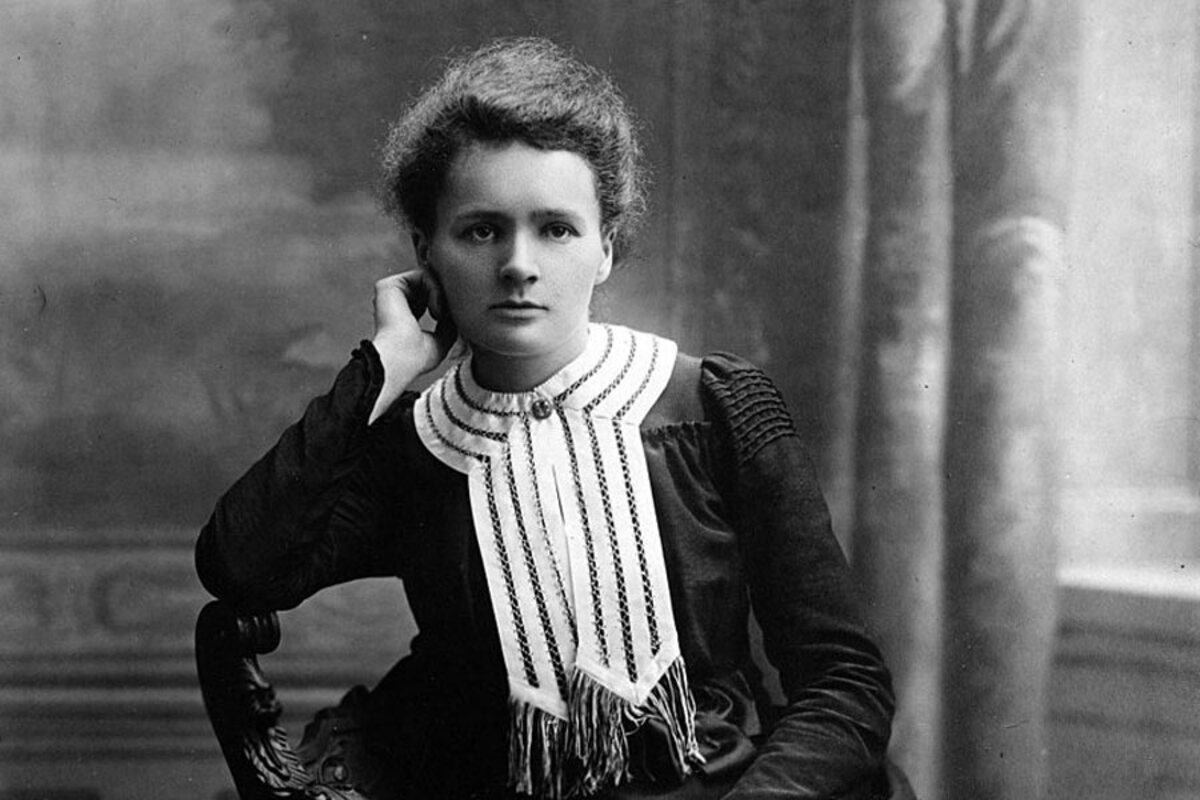Marie Curie was one of the most extraordinary figures in the history of science, who revolutionized research on radioactivity and paved the way for women in the scientific world. She was not only a brilliant scientist but also a person of immense determination who overcame many obstacles to achieve global recognition. Her life and scientific legacy continue to inspire millions around the world. Here are fascinating and educational facts about Marie Curie you may not have known.
- Marie Curie was the first woman to receive a Nobel Prize and remains the only person in history to have received Nobel Prizes in two different scientific fields. She was awarded the Nobel Prize in Physics in 1903 and in Chemistry in 1911. Her achievements demonstrate her remarkable versatility and dedication to science.
- She was born as Maria Skłodowska in Warsaw when Poland was under Russian control. At that time, women were not allowed to study at universities, so she pursued her education through underground classes. In 1891, she moved to Paris to study at the Sorbonne and graduated with top honors.
- Alongside her husband Pierre Curie, she discovered two new chemical elements — polonium and radium. She named polonium after her homeland Poland as an expression of patriotism. Both elements played a crucial role in the development of nuclear physics and medicine.
- Her research laid the foundation for the modern understanding of radioactivity, even though the term was first used by Henri Becquerel. Curie demonstrated that radioactivity is a property of atoms, not a chemical reaction. This discovery fundamentally changed the course of 20th-century physics.
- She worked with radioactive substances without any protective measures because the dangers of ionizing radiation were not yet known. Her laboratory notebooks are still so radioactive that they must be handled only with special protective gear. Her health deteriorated over time due to prolonged radiation exposure.
- Marie Curie not only conducted theoretical research but also applied science in practice. During World War I, she organized mobile X-ray units to help treat wounded soldiers on the battlefield. She personally trained nurses and frequently operated the equipment herself in combat zones.
- She became the first female professor at the Sorbonne after the death of her husband. Her lectures drew large audiences, and she continued to conduct research while teaching. This was a groundbreaking moment for women in the European academic world.
- In 1932, she founded the Radium Institute in Warsaw, which became one of the leading cancer research centers in Europe. Although she lived in France, she actively supported scientific progress in Poland. Her daughter Irène Joliot-Curie followed in her footsteps and also received a Nobel Prize.
- Marie Curie was extremely modest and avoided public attention, refusing to patent any of her discoveries. She believed that science should benefit all of humanity rather than serve personal profit. Despite worldwide recognition, she lived a simple and humble life.
- Her scientific work was highly respected by her male colleagues at a time when women were rarely allowed to work in laboratories. She was admitted to the French Academy of Medicine but was controversially rejected by the French Academy of Sciences. That decision was later widely criticized as unfair and biased.
- The unit of radioactive activity, the curie, is named in her honor. Additionally, the chemical element with atomic number 96 — curium — was named after her posthumously. These namings are a testament to her lasting impact on global science.
- Despite deteriorating health and constant fatigue, she continued her scientific work until the end of her life. She died in 1934 from aplastic anemia caused by long-term radiation exposure. She was initially buried next to her husband, and later both were moved to the Panthéon in Paris as a tribute to their contributions.
- Her life became a symbol of science, selflessness, and female strength. She inspired countless writers, filmmakers, and artists to create biographical works. Her name is still associated with excellence and integrity in both scientific and public spheres.
These incredible facts about Marie Curie show that she was not only a brilliant scientist but also a person with a deep sense of duty and humanity. Her life is a shining example of how perseverance, knowledge, and passion can change the world. Marie Curie’s legacy continues to inspire future generations and finds application in medicine, education, and scientific advancement. You may not have realized how far-reaching the influence of this remarkable woman truly is.





